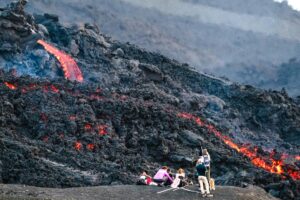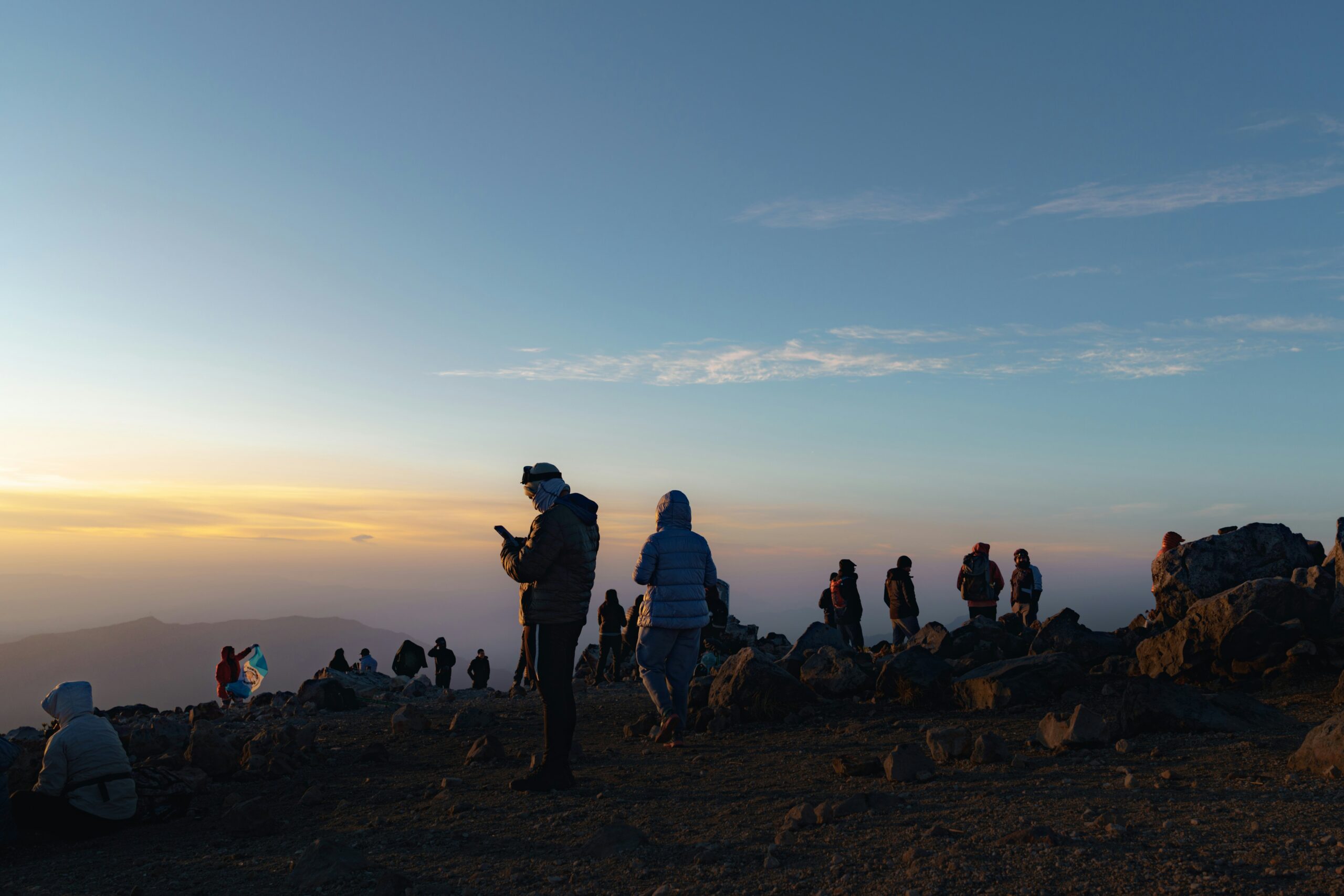
Altitude Acclimatization: Essential Tips for Safe and Enjoyable Volcano Hiking
Hiking a volcano is an exhilarating adventure that offers stunning views and a sense of accomplishment. However, the high altitudes associated with these treks pose unique challenges that can impact your health and safety. Proper altitude acclimatization is crucial to ensure a safe and enjoyable hiking experience. In this blog, we’ll explore what altitude acclimatization is, how to prepare for a high-altitude volcano hike, and essential tips for safely acclimatizing during your journey. Whether you’re a seasoned hiker or a novice adventurer, these insights will help you conquer the heights while keeping your well-being in check.
Understanding Altitude Acclimatization
Altitude acclimatization is the process by which our bodies adapt to the lower oxygen levels found at higher elevations. When you ascend a volcano or any high-altitude location, the air pressure decreases, and there is less oxygen available for your body to use. This can lead to a variety of symptoms collectively known as altitude sickness, or acute mountain sickness (AMS).
Common symptoms of altitude sickness include headaches, dizziness, nausea, fatigue, and shortness of breath. In more severe cases, it can lead to high-altitude pulmonary edema (HAPE) or high-altitude cerebral edema (HACE), which are life-threatening conditions.
The key to managing these risks is to allow your body time to adjust. This process of adjustment, or acclimatization, typically involves spending a few days at intermediate altitudes before going higher, giving your body the time it needs to produce more red blood cells and increase its capacity to carry oxygen.
Preparing for a High-Altitude Volcano Hike
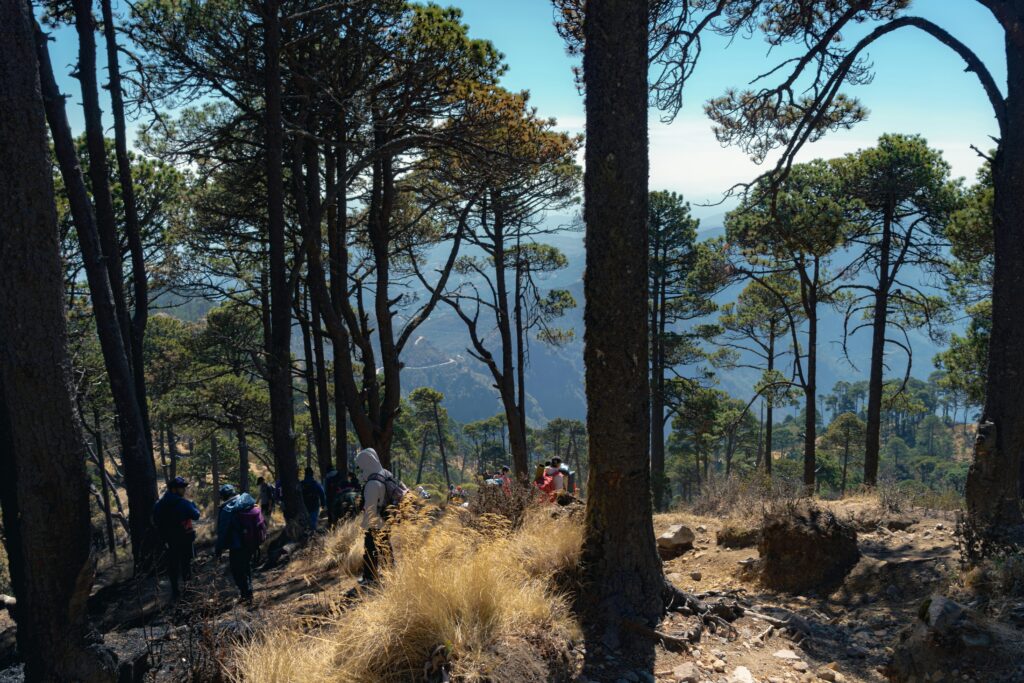
Preparation is crucial for a successful and enjoyable high-altitude volcano hike. Here are some comprehensive steps to ensure you’re ready for the adventure:
Physical Fitness:
Building a strong fitness foundation is essential. Start with a fitness regime that includes cardiovascular exercises like running, cycling, and swimming to improve your stamina and endurance. Strength training, particularly focusing on your legs, will help you manage the physical demands of the hike. Activities such as squats, lunges, and step-ups can be very beneficial. Don’t forget to incorporate flexibility and balance exercises to enhance your overall physical readiness.
Gradual Ascent:
One of the key strategies for effective altitude acclimatization is to plan your trip to include gradual ascents. If possible, spend a few days at a moderate altitude to begin the acclimatization process before you tackle the higher elevations of the volcano. This gradual approach helps your body adjust to the lower oxygen levels, reducing the risk of altitude sickness.
Research:
Take the time to thoroughly research the specific volcano you’ll be hiking. Each volcano has unique challenges, including varying weather patterns, terrain, and altitude changes. Understanding these factors will help you prepare adequately. Check for recent reports on the trail conditions, weather forecasts, and any volcanic activity warnings. Familiarize yourself with the route, potential hazards, and emergency evacuation points.
Gear Up:
Investing in quality gear is paramount for your safety and comfort. Essential items include sturdy hiking boots with good ankle support, layered clothing to accommodate changing weather conditions, and a reliable backpack to carry your supplies. Make sure to pack a first aid kit, maps, a compass or GPS device, and other safety equipment such as a headlamp, multi-tool, and emergency shelter. Remember, the right gear can make a significant difference in your hiking experience.
Hydration and Nutrition:
Proper hydration and nutrition are vital for maintaining energy levels and overall health during your hike. Start hydrating well before your hike and continue to drink plenty of water throughout your trip. Carry a hydration system or water bottles, and consider water purification methods for longer hikes. Eating a balanced diet with plenty of carbohydrates will provide the necessary energy for your trek. Pack lightweight, high-energy snacks such as nuts, dried fruits, and energy bars to keep you fueled.
Medical Check-up:
Before embarking on your high-altitude hike, consult with your doctor, especially if you have any pre-existing medical conditions. Your doctor can provide advice on medications that might help prevent altitude sickness and other health precautions. It’s also a good idea to discuss your fitness regime and any symptoms you’ve experienced during training to ensure you’re in optimal health for the hike.
Tips for Safe Acclimatization When Hiking a Volcano
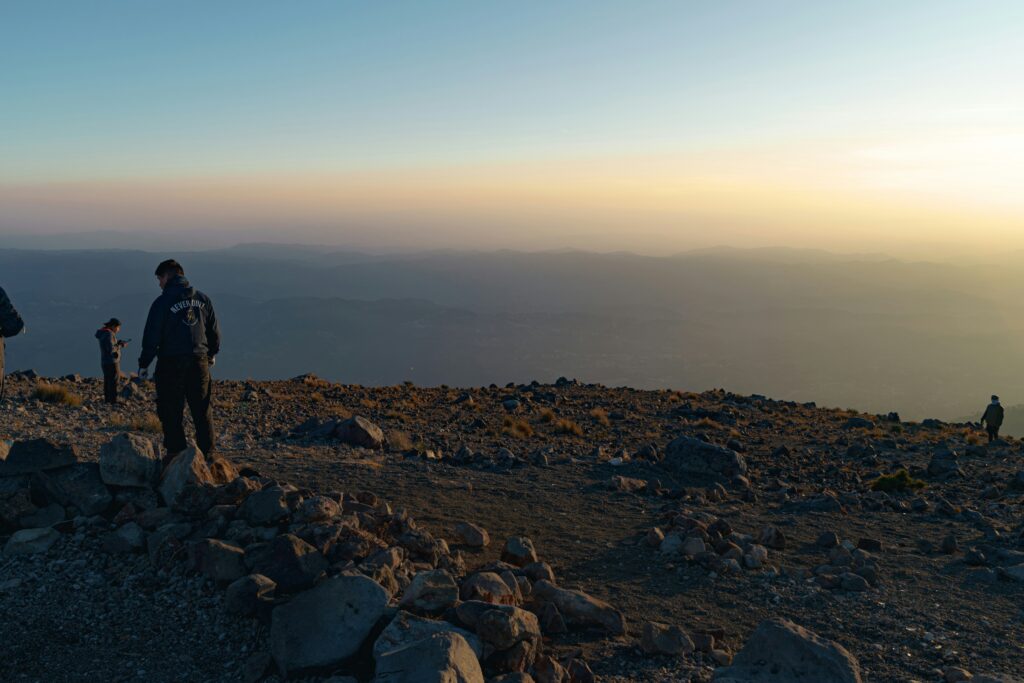
Once you’re on your hike, following these tips can help ensure you acclimatize safely and enjoy your adventure:
- Climb High, Sleep Low: This is a common strategy where you hike to a higher altitude during the day but return to a lower altitude to sleep. This allows your body to adapt without being overtaxed during rest periods.
- Stay Hydrated: Dehydration can exacerbate the symptoms of altitude sickness. Drink plenty of water throughout your hike. Avoid alcohol and caffeine, as they can contribute to dehydration.
- Pace Yourself: Take your time and don’t rush. Walking slowly and steadily not only conserves energy but also allows your body more time to acclimatize. Listen to your body and rest if you feel tired or unwell.
- Monitor Symptoms: Keep an eye out for signs of altitude sickness. Mild symptoms can usually be managed by resting and hydrating, but if symptoms worsen, it’s crucial to descend to a lower altitude immediately.
- Eat Well: High-altitude environments can suppress your appetite, but it’s important to eat regularly. Focus on carbohydrates, as they are easier to digest and provide quick energy.
- Proper Breathing: Practice deep breathing techniques to maximize oxygen intake. Inhale deeply through your nose and exhale slowly through your mouth.
- Medication: Some medications, like acetazolamide (Diamox), can help prevent and reduce the symptoms of altitude sickness. Always consult with your doctor before starting any medication.
- Rest and Sleep: Ensure you get adequate rest and sleep. Your body needs time to recover and adapt, so avoid overexerting yourself.
- Buddy System: Hike with a partner or in a group. This way, you can monitor each other for signs of altitude sickness and provide support if needed.
- Acclimatization Hikes: If your hike is particularly challenging, consider incorporating acclimatization hikes into your plan. These are shorter hikes to higher altitudes followed by a return to lower elevations to sleep.
- Stay Informed: Keep updated on the weather and any volcanic activity. Changes in weather can affect your hike and acclimatization process, so it’s important to stay informed and be prepared to adjust your plans if necessary.
Final Thoughts
Altitude acclimatization is a critical aspect of hiking any high-altitude volcano. By understanding the process, preparing thoroughly, and following safe acclimatization practices, you can minimize the risks of altitude sickness and enjoy the incredible experience of hiking at high elevations. Always remember, the key to a successful high-altitude hike is to listen to your body and proceed gradually, ensuring that you allow enough time for acclimatization.
If you’re looking for guided volcano tours for a safer hike, you can reach out to Tropicana. They offer Acatenango tour packages as well as tours to other famous volcanoes in Guatemala. Moreover, Tropicana provides accommodation options and shuttle services to make your adventure more comfortable and convenient. Their experienced guides are knowledgeable about altitude acclimatization and can help ensure a safe and enjoyable hiking experience. Happy hiking!


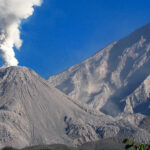 Previous Post
Previous Post Next Post
Next Post
